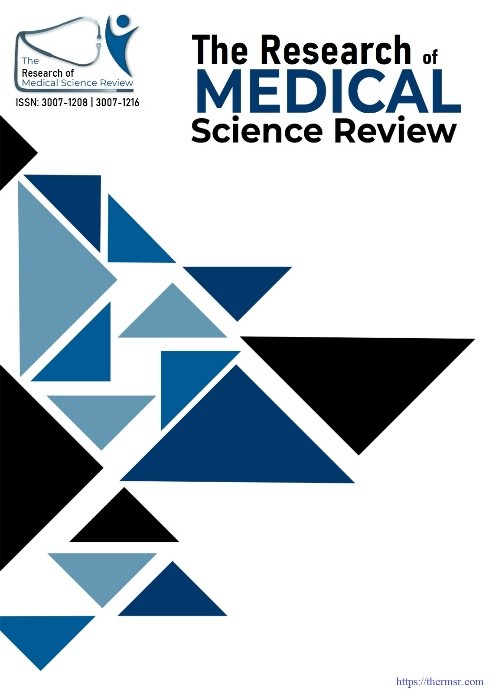COMPARISON OF CONSERVATIVE VERSUS SURGICAL TREATMENT IN YOUNG WOMEN WITH BENIGN BREAST DISEASE
Main Article Content
Abstract
OBJECTIVE: To evaluate and compare the outcomes of conservative versus surgical treatment in young women with benign breast disease.
METHODOLOGY: This comparative study involved 85 women aged 15–35 years diagnosed with benign breast disease confirmed by histopathology. Based on clinical evaluation, participants underwent either conservative or surgical treatment. During treatment, they underwent evaluations every two weeks, then every two months for six months. The outcomes included duration of treatment, recovery, success, and recurrence of the disease. Data was analyzed via SPSS v26 with significance set at p ≤ 0.05.
RESULTS: The mean age was 26.9 ± 6.3 years (surgical) and 23.9 ± 6.1 years (conservative). No significant differences were observed in treatment duration (p=0.824), recovery time (p=0.059), treatment success (92.5% vs. 88.9%; p=0.425), or recurrence rates (22.5% vs. 15.6%; p=0.414), indicating both treatment approaches yielded comparable clinical outcomes in managing benign breast disease.
CONCLUSION: This investigation elucidates that both surgical and conservative interventions for benign breast pathology in younger female populations produce comparable results, exhibiting no statistically significant variances in treatment duration, recovery trajectories, success rates, or recurrence incidences. Conservative management is efficacious for select cases, particularly when aesthetic outcomes and minimized risk are prioritized, whereas surgical intervention remains crucial for larger or more aggressive lesions. Treatment modalities should be customized in accordance with clinical parameters and patient preferences.
Downloads
Article Details
Section

This work is licensed under a Creative Commons Attribution-NonCommercial-NoDerivatives 4.0 International License.
